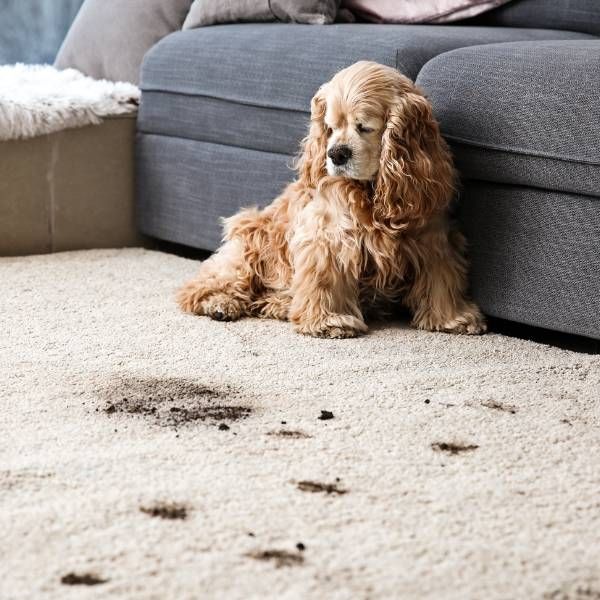How To Properly Clean and Take Care Of Luxury Vinyl Plank Floors
Luxury vinyl plank (LVP) flooring offers the timeless beauty of hardwood with the practicality of vinyl. But like any flooring, it needs proper care to maintain its gorgeous look. The good news is, keeping your LVP clean is a breeze! Here’s a guide to ensure your floors stay sparkling for years to come.
The Everyday Routine: Dry Cleaning is Key
- Sweep or vacuum regularly: This removes loose dirt and debris that can scratch the flooring. Use a soft-bristled broom or a vacuum with the beater bar turned off. For everyday cleaning, microfiber cloths are your best friend.
- Tackle spills promptly: Don’t let spills linger! Blot up any liquids with a clean, absorbent cloth. For tougher spills, a damp microfiber cloth with a mild cleaning solution (see below) should do the trick.
Weekly/Monthly Deep Cleaning: Maintaining the Shine
- Mop with care: Once a week or month, depending on foot traffic, give your floors a mopping. Use a damp microfiber mop with a solution of warm water and a splash of vinegar (white or apple cider) or a gentle, LVP-specific floor cleaner. Remember, the mop should be damp, not soaking!
- Fight scuff marks: Stubborn scuffs can be tackled with a little ingenuity. A baking soda paste (equal parts baking soda and water) can gently buff away marks. You can also try a commercial scuff remover designed for LVP flooring.
Bonus Tips for Long-Lasting Luxury
- Doormats are your defense: Place doormats at all entrances to trap dirt and debris before they reach your floors.
- Mind your shoes: High heels and shoes with rough soles can scratch LVP. Encourage guests to remove their shoes or switch to slippers indoors.
- Welcome sunlight (strategically): While natural light can brighten your space, direct sunlight over long periods can fade your LVP flooring. Consider using blinds or UV-protectant window treatments.
Cleaning Don’ts: To Keep Your LVP Looking Flawless
- Avoid harsh chemicals: Stay away from abrasive cleaners, ammonia, or oil-based products. These can damage the LVP’s finish.
- Don’t flood the floor: Excessive water exposure can warp the planks. Always use a damp mop, not a soaking wet one.
- The wrong mop head: Skip the traditional string mop; it can scratch the flooring. Microfiber cloths and flat mops are your safest bets.
By following these simple cleaning routines, you can ensure your LVP floors stay beautiful and functional for years to come. With a little care, your luxury vinyl planks will continue to add a touch of elegance to your home.


